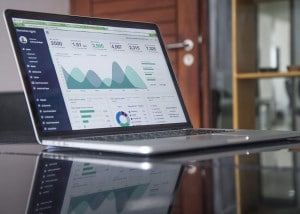How To Help Your Corporation Cut Its Carbon Footprint

Running a company is never easy, as it’s a huge responsibility with many tough decisions that will weigh on your shoulders long after you’ve left your role. Fortunately, it can also be a greatly rewarding opportunity, as you gain the chance to make a real difference with the work that you do, pushing the corporation in the right direction toward long-term success. One big feature that you can change inside your corporation to promote modernity is sustainability, as
proving your commitment to green operations
will help you to attract swathes of new customers while allowing you to maintain a far clearer conscience at the same time. There are many brilliant tips and tricks that you can make the most of to cut your corporation’s carbon footprint, and it couldn’t be easier to begin your journey to environmentally friendly operations in no time at all. So, if you’re interested in finding out more, then simply read on!
Change Your Energy Source
One of the biggest areas of consumption that your corporation can actively improve to meet better environmental standards is your energy source, as you no doubt use masses of power to keep your property up and running while eating through bath loads of fuel to power your transportation. Changing your energy sources to those which are more sustainable and environmentally friendly will cut your carbon footprint like nothing else can, as eating into finite resources will ensure that you are doing extreme damage to the planet that is potentially irreversible. Instead of using the aforementioned finite resources like gas, coal or oil, search for a more eco-conscious option like solar power or even geothermal drilling . Harnessing the endless power that mother nature has to offer will be far less impactful when compared with unsustainable methods, so you can rest assured knowing that your corporation doesn’t cost the Earth.
Cut Your Total Waste
Another brilliant option that you can pursue to cut your corporation’s carbon footprint involves reducing the amount of waste that you produce and send to landfills each year. Waste is a big issue for businesses around the world, as landfill sites are piling up to unmanageable heights while oceans and other areas of natural importance are becoming riddled with the stuff. Reducing the volume of waste that you create as a big business is never easy, but you can begin by choosing to upgrade single-use plastics to those which are recyclable. Single-use plastics should serve no purpose in a modern business, as these are the items that go to landfills and spend decades or even centuries breaking down before they become microplastics that litter the earth and sea. Opting instead to use recyclable materials will cut this completely, as your waste will be given a totally new life again and again rather than festering away with no purpose.
Cutting your carbon footprint as a corporation has never been such a simple task when you can utilize the effective recommendations detailed above!


